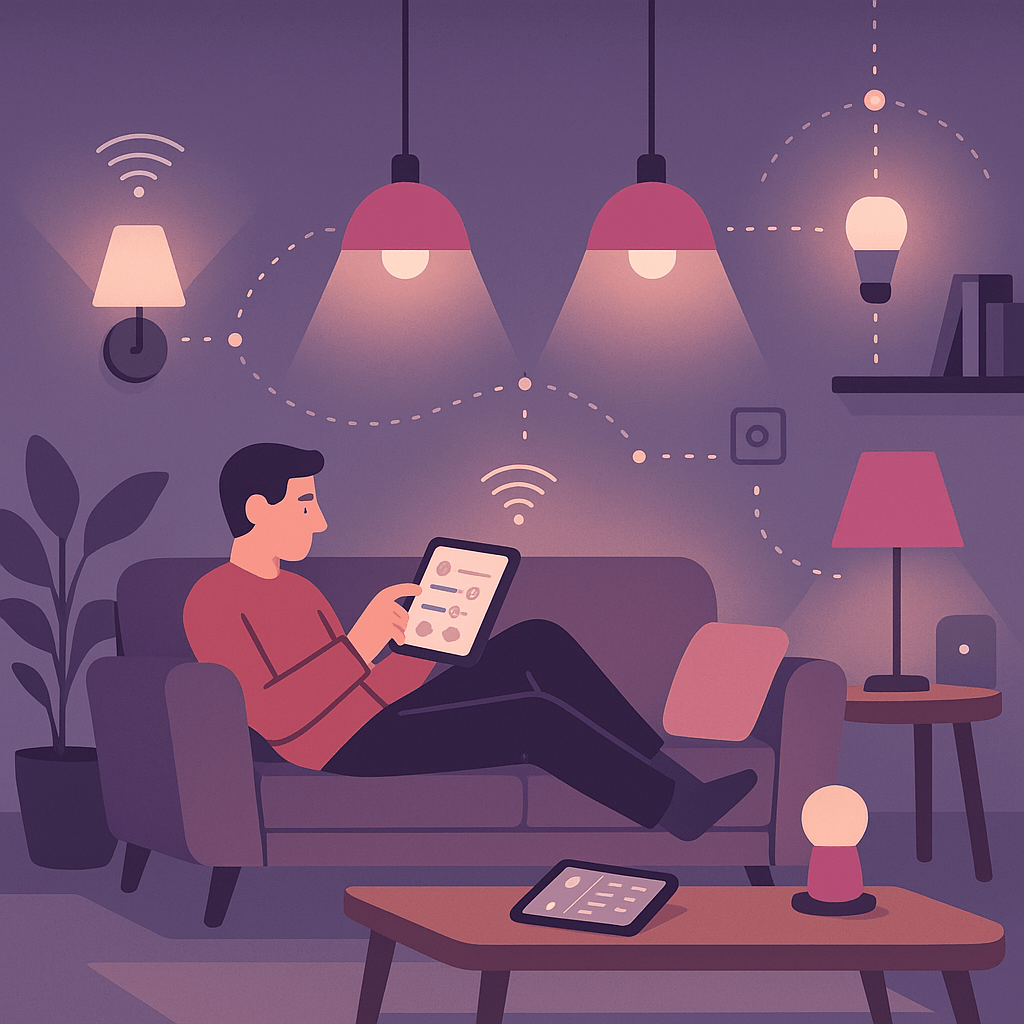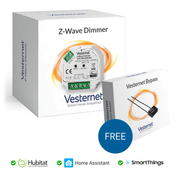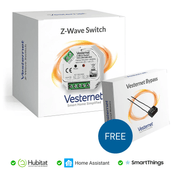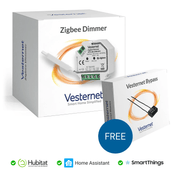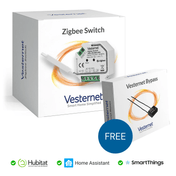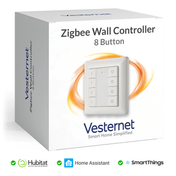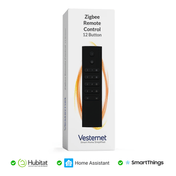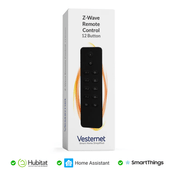Modern homeowners face mounting challenges with traditional lighting systems that drain energy, offer limited flexibility, and fail to enhance security or ambiance. Rising electricity costs, combined with the inconvenience of manually managing lights throughout the home, create frustration and inefficiency. The adoption of home automation technology has surged, with lighting serving as a cornerstone of intelligent living spaces that prioritise comfort, efficiency, and personalisation.
A comprehensive smart lighting system addresses these challenges by delivering unprecedented control over energy consumption, convenience, security, and atmosphere. These sophisticated home lighting control systems offer substantial cost savings through optimised energy usage, enhanced security through automated presence simulation, and personalised lighting scenes that adapt to daily routines. Integration with existing smart home ecosystems ensures seamless operation across multiple platforms and devices.
What you'll discover in this guide:
- Essential components and wireless protocols for reliable lighting automation
- Strategic planning approaches for scalable, future-ready installations
- Advanced scene creation and energy optimisation techniques
- Integration strategies for comprehensive home automation systems
Understanding Smart Lighting System Fundamentals
Smart lighting systems revolutionise traditional illumination by introducing intelligent control capabilities that extend far beyond simple on-off functionality. Unlike conventional systems, home lighting automation incorporates sophisticated controllers, dimmers, and switches that communicate wirelessly to create responsive, programmable environments. These components work together to deliver precise control over brightness, colour temperature, and timing whilst maintaining energy efficiency.

The foundation of any effective smart lighting system relies on robust wireless communication protocols that ensure reliable device interaction. Z-Wave, Zigbee, and Wi-Fi represent the primary technologies enabling seamless communication between lighting controllers and central hubs. Each protocol offers distinct advantages in terms of range, power consumption, and device compatibility, making protocol selection crucial for system performance.
Core smart lighting components:
- Intelligent dimmers and switches for precise brightness and scheduling control
- Multi-button wall controllers for scene activation and zone management
- Wireless hubs that coordinate communication between devices
- Sensors that trigger automated responses based on occupancy and light levels
Planning Your Smart Lighting Infrastructure
Successful home lighting automation begins with thorough assessment of your current electrical infrastructure and identification of specific control requirements for each living space. Understanding existing wiring configurations, switch locations, and power distribution helps determine the most efficient upgrade path whilst minimising installation complexity. Strategic planning ensures optimal device placement and creates a scalable foundation that accommodates future expansion.

Essential planning considerations:
- Room-by-room analysis of lighting needs and usage patterns
- Identification of high-priority zones for initial implementation
- Assessment of existing wiring and electrical panel capacity
- Strategic placement of controllers for optimal wireless coverage
Creating defined lighting zones enhances both functionality and energy efficiency by enabling targeted control of specific areas. Zones should reflect natural usage patterns, architectural features, and activity requirements. This approach allows for customised automation rules that respond to occupancy, time of day, and seasonal changes whilst maintaining intuitive operation for all household members.
Choosing the Right Smart Lighting Components
Component selection directly impacts system performance, user experience, and long-term satisfaction with your smart lighting system. Wall-mounted dimmers provide smooth brightness control whilst maintaining familiar operation for household members. Multi-button controllers enable instant access to predefined scenes, whilst handheld remotes offer convenient control from anywhere within wireless range.
Selecting appropriate devices requires careful consideration of room function, aesthetic preferences, and technical requirements. High-traffic areas benefit from robust controllers with multiple scene options, whilst bedrooms may prioritise gentle dimming capabilities and wireless convenience. Matching device capabilities to specific usage scenarios ensures optimal performance and user satisfaction.
Key component categories:
- Dimmer switches for smooth brightness control and energy efficiency
- Scene controllers for instant activation of preset lighting configurations
- Motion sensors for automated activation based on occupancy
- Portable remotes for flexible control throughout the home
Wireless Protocol Selection and Compatibility
Understanding wireless protocols ensures reliable communication and optimal performance across your entire home lighting control system. Z-Wave technology excels in providing robust mesh networking with excellent range and minimal interference from household devices. Zigbee offers energy-efficient communication ideal for battery-powered sensors and switches, whilst Wi-Fi provides high-speed connectivity for advanced features and remote access.

Protocol comparison for lighting applications:
- Z-Wave: Superior range and reliability with strong mesh networking capabilities
- Zigbee: Energy-efficient operation perfect for sensors and battery devices
- Wi-Fi: High bandwidth enabling advanced features and cloud connectivity
Successful protocol selection depends on home layout, device requirements, and integration goals. Large homes often benefit from Z-Wave's extended range and mesh networking, whilst smaller installations may prioritise Zigbee's energy efficiency. Many advanced systems combine multiple protocols to leverage each technology's strengths whilst ensuring comprehensive device compatibility.
Creating Lighting Scenes and Automation Rules
Lighting scenes transform static illumination into dynamic, purposeful environments that enhance daily activities and seasonal rhythms. Effective scene design considers natural light levels, activity requirements, and energy efficiency goals. Morning scenes might gradually increase brightness to support natural circadian rhythms, whilst evening configurations create relaxing ambiance whilst maintaining security lighting.
Automation rules extend scene functionality by incorporating triggers such as motion detection, time schedules, and security system integration. These intelligent responses eliminate manual intervention whilst ensuring lights activate precisely when needed. Advanced automation can coordinate with heating systems, window treatments, and entertainment devices for comprehensive environmental control.
Popular scene configurations:
- Wake-up scenes with gradual brightness increase mimicking natural sunrise
- Entertainment modes optimised for television viewing and social gatherings
- Security scenes providing automated presence simulation during absence
- Energy-saving modes that minimise consumption during extended vacancy
Energy Efficiency and Smart Lighting Optimisation
Smart lighting systems deliver substantial energy savings through intelligent dimming, precise scheduling, and adaptive responses to natural light conditions. Automated dimming reduces energy consumption whilst extending LED lifespan, creating both immediate and long-term cost benefits. Daylight harvesting features automatically adjust artificial lighting based on available natural light, maintaining optimal illumination whilst minimising energy waste.

Energy optimisation strategies:
- Automated dimming based on occupancy patterns and natural light levels
- Time-based scheduling that eliminates unnecessary lighting during vacant periods
- Zone-based control preventing energy waste in unused areas
- Integration with other smart home systems for comprehensive energy management
Advanced home lighting automation systems provide detailed energy monitoring and usage analytics that help identify optimisation opportunities. These insights enable fine-tuning of automation rules and scene configurations to maximise efficiency whilst maintaining comfort and convenience. Regular analysis ensures your system continues delivering optimal performance as usage patterns evolve.
Installation Best Practices and Safety Considerations
Professional installation ensures electrical safety whilst maximising system reliability and performance. Qualified electricians understand local building codes, proper grounding techniques, and load management requirements that prevent safety hazards and ensure code compliance. DIY approaches work well for wireless components and battery-powered devices but should defer to professionals for hardwired installations.
Successful installations require careful attention to wireless coverage, device placement, and signal strength optimisation. Strategic positioning of mesh networking devices ensures reliable communication throughout the home whilst avoiding interference from household electronics. Testing connectivity during installation prevents communication issues that could compromise system reliability.
Installation safety priorities:
- Professional assessment of electrical capacity and safety requirements
- Proper circuit protection and grounding for all hardwired components
- Strategic device placement for optimal wireless coverage
- Thorough testing of all connections and communication pathways
Advanced Integration and Future-Proofing Your System
Advanced smart lighting systems integrate seamlessly with voice assistants, smartphone applications, and comprehensive home automation platforms. Voice control provides hands-free convenience whilst mobile apps enable remote monitoring and control from anywhere with internet connectivity. Integration with security systems, thermostats, and entertainment devices creates cohesive automation that responds intelligently to lifestyle patterns.
Future-proofing considerations:
- Selection of devices supporting firmware updates and new feature additions
- Expandable hub architecture accommodating additional devices and protocols
- Integration capabilities with emerging smart home technologies
- Standardised protocols ensuring long-term device compatibility
Building a future-ready home lighting control system requires selecting components and protocols with strong development roadmaps and industry support. Open-standard technologies often provide better long-term compatibility than proprietary solutions. Regular firmware updates and expanding ecosystem support ensure your investment continues delivering value as smart home technology evolves.
Conclusion
Smart lighting automation delivers transformative benefits including enhanced convenience, significant energy savings, improved security, and unlimited customisation possibilities. Proper planning and quality component selection create a robust foundation that supports both immediate needs and future expansion. These intelligent systems represent a valuable investment in daily comfort, energy efficiency, and property value enhancement.
Beginning your smart lighting journey with a focused approach allows for manageable implementation whilst building expertise and confidence. Start with high-use areas like living rooms or master bedrooms, then gradually expand your system as you discover new automation possibilities. This incremental approach ensures optimal results whilst spreading investment costs over time.
Ready to transform your home with intelligent lighting control? Explore Vesternet's comprehensive range of smart dimmers, wall controllers, and wireless protocols to find the perfect components for your smart lighting vision. Our expert team is available to provide personalised guidance and support throughout your smart home journey.

